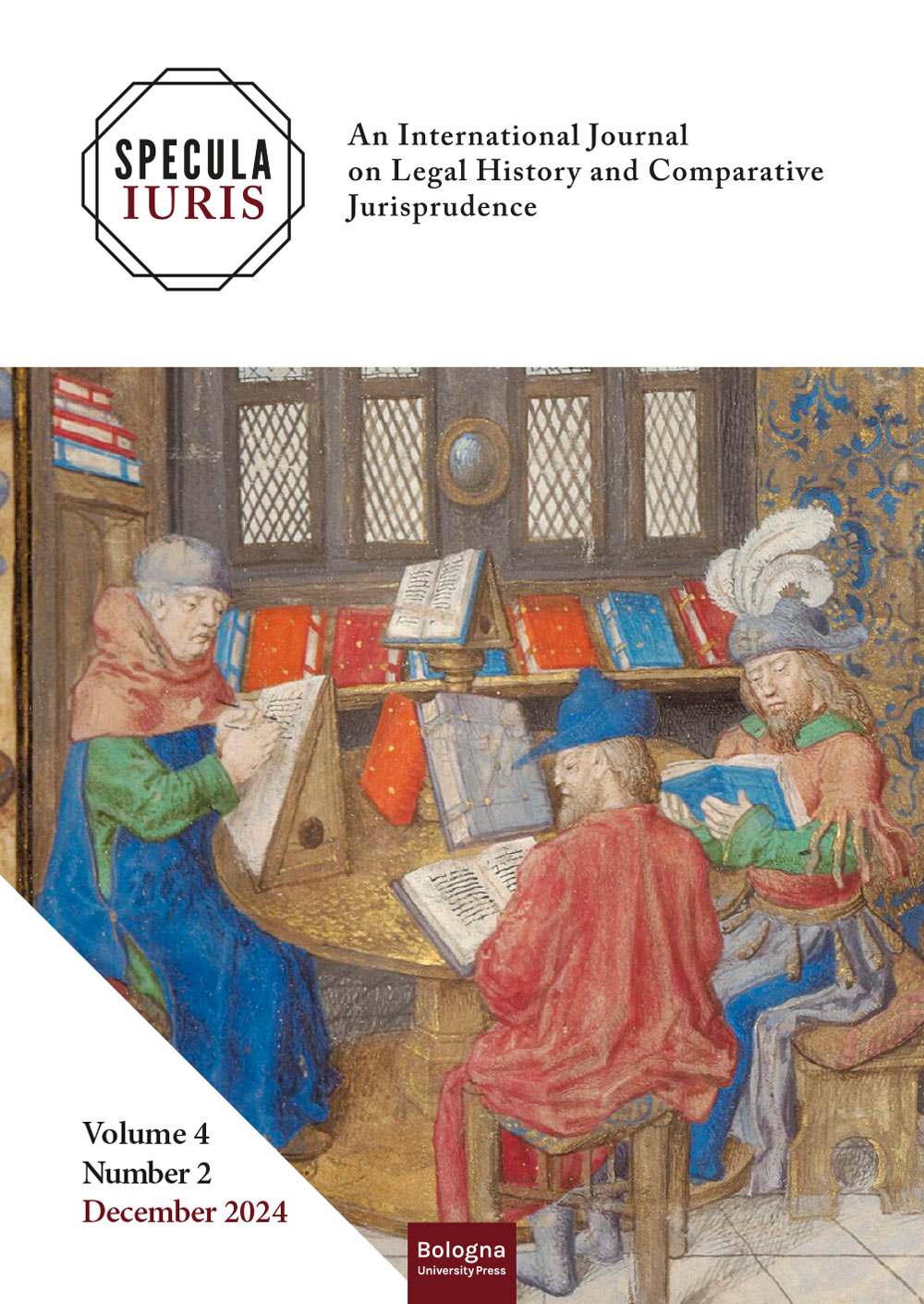Il recupero illecito di materiale edilizio e architettonico per abbellire edifici pubblici e privati. La violazione dei sepolcri e di antichi edifici nella tarda antichità

Published 2025-07-04
Keywords
- Recovery building materials, tomb plundering, Later Roman Empire
How to Cite
Copyright (c) 2025 Paola Ombretta Cuneo

This work is licensed under a Creative Commons Attribution 4.0 International License.
Abstract
n the later Roman Empire there is a need to renovate public and private buildings. It has nevertheless become difficult and expensive to recover building and architecturals. For this reason, the demolition of old buildings and the looting of graves for the aim of recovery building materials are increasingly widespread. The violation of the tombs, especially, is a widespread crime in the late Roman Empire. The Title 9.17 of the Theodosian Code provides for some laws on the violation of the tombs. In most cases, severe criminal conse- quences penalties, but also only fines, were imposed, for example, for those caught in the act of demolishing tombs; for those who plundered the tombs; for those who removed columns or marbles from funeral monuments; for those who, out of greed for profit, demolished the tombs and transported the material to his home; for those who took material from the tombs fabricae gratia or for the purpose of selling it.
